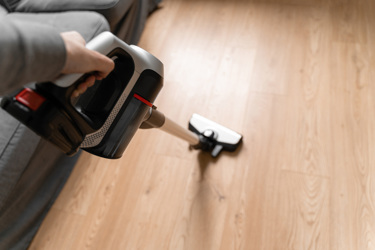Modern Motor Design Cleans Up The Portable Vacuum

The 21st century home offers abundant examples of how a simple, everyday device - the electric motor - has evolved through modern design to become an integral part of an expanding number of home appliances. Inside the home, you can find electric motors in refrigerators, computers, microwave ovens, fans, washing machines, and vacuum cleaners. Outside the home, motors are present in garage door openers, shop vacuums, garden trimmers, cordless tillers, electric lawn mowers, pressure washers, and other yard equipment.
We have come a long way since the early 20th century where simple A/C induction and Brushed DC motors powered washing machines, refrigerators, and fans. Today's motor designs have advanced to Brushless DC style. This design accommodates consumer preferences, providing greater efficiency, powering cordless devices for extended periods, fitting into smaller and lighter devices, and offering extended reliability. A study conducted by the Advisory Committee on Energy Efficiency (ACEE), an adjunct of the International Electrotechnical Commission (IEC) determined, "Electric motor systems represent more than 50% of the global electricity used, of which the large majority of electric motors are used in machines, pumps, fans, compressors, conveyor belts, etc. It is a genuine opportunity to increase energy efficiency."
This blog post looks at an engineering project in which Qorvo helped meet the design specifications for a high-power cordless vacuum cleaner using an advanced PMSM (permanent magnet synchronous motor) to deliver an unusually high level of power and speed.
Get unlimited access to:
Enter your credentials below to log in. Not yet a member of Wireless Design Online? Subscribe today.
